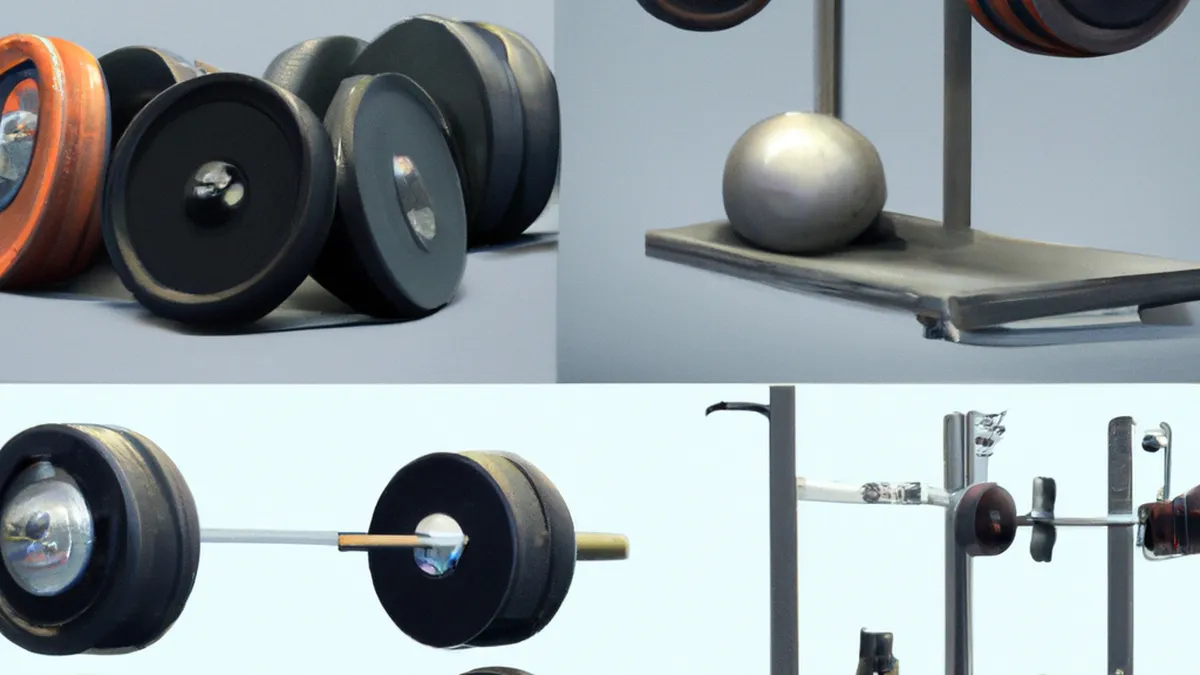Isometric Holds: Game Changer for Team Dynamics
Practical Applications of Isometric Holds in Team Sports
Isometric holds enhance performance in team sports. These static exercises build strength, stability, and endurance. Athletes often overlook them for dynamic movements, but isometric holds provide numerous benefits. This blog post explores practical applications, offering tips and advice for athletes.
Understanding Isometric Holds
Isometric holds exert force without changing muscle length. Athletes perform these holds in various positions, targeting different muscle groups. For instance, basketball players can hold a squat to improve leg strength. Soccer players can maintain a plank to strengthen their core.
These exercises build strength and stability without extensive equipment. Athletes can perform them anywhere, during team practice or individual workouts. Their versatility allows adaptation for all skill levels, from beginners to professionals.
Benefits of Isometric Holds in Team Sports
Understanding isometric holds’ benefits motivates athletes and coaches to incorporate them into training. Here are key advantages:
1. **Enhanced Strength**
Isometric holds effectively build muscle strength. Athletes maintain tension in specific positions, stimulating muscle fibers without weights. This increases strength in targeted muscle groups, improving performance.
2. **Improved Stability**
Team sports require quick changes in direction and balance. Isometric holds develop stability in joints and core muscles, crucial for maintaining balance during movements. Improved stability enhances agility and responsiveness.
3. **Injury Prevention**
Isometric holds strengthen muscles and connective tissues. Targeting specific muscle groups promotes endurance and protects against injuries during competition. Increased strength and stability reduce injuries, allowing athletes more field time.
4. **Mental Toughness**
Isometric holds demand mental focus and determination. Holding a position for extended periods tests perseverance. This mental toughness translates to improved performance during games, helping athletes push through fatigue.
Tips for Implementing Isometric Holds
To incorporate isometric holds effectively, consider these tips:
1. **Start with Basic Positions**
Begin with fundamental holds that engage major muscle groups. For instance, wall sits or push-up holds serve as excellent starting points for athletes. These foundational positions build a solid base.
Conclusion
Isometric holds significantly enhance athletic performance. Incorporating these exercises into training routines can yield substantial benefits for team sports athletes.
Below are related products based on this post:
FAQ
What are isometric holds and how do they benefit athletes in team sports?
Isometric holds are static exercises that involve exerting force without changing muscle length. They help build strength, stability, and endurance, which are essential for performance in team sports. By maintaining tension in specific positions, athletes can enhance their muscle strength, improve stability in joints and core, prevent injuries, and develop mental toughness.
Can isometric holds be performed anywhere, and do they require special equipment?
Yes, isometric holds can be performed anywhere, as they do not require extensive equipment. Athletes can incorporate these exercises into team practices or individual workouts, making them versatile and accessible for all skill levels.
What are some tips for beginners looking to implement isometric holds into their training?
Beginners should start with basic positions that engage major muscle groups, such as wall sits or push-up holds. These foundational exercises help build a solid base of strength and stability before progressing to more advanced isometric holds.















Post Comment